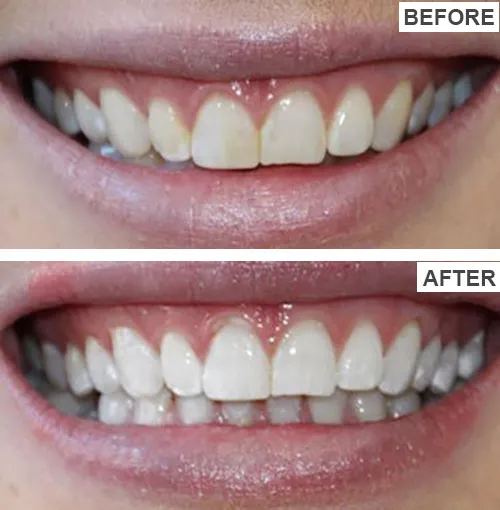Understanding Teeth Whitening Why It’s Important
Teeth whitening has become a cornerstone of modern dental care and cosmetic enhancement, offering a straightforward path to a brighter, more confident smile. The essence of teeth whitening lies in its ability to reverse the effects of staining and discoloration, which can be caused by a variety of factors, ranging from dietary choices to the natural aging process. A radiant smile does more than just enhance physical appearance; it often boosts self-esteem and can positively influence social and professional interactions. The process of whitening generally involves either removing stains or altering the internal color of the tooth to create a lighter, more appealing shade. This can be achieved through several methods, from over-the-counter products to professional treatments. Understanding the benefits of teeth whitening is the first step toward making an informed decision about how to achieve a brighter, more attractive smile.
Factors Affecting Teeth Discoloration
Tooth discoloration isn’t simply a matter of aesthetics; it’s often a complex issue influenced by numerous factors. These range from the habits we adopt to the natural changes our bodies undergo. The primary determinants include the types of food and beverages consumed regularly, the impact of age, genetics, and even certain medications. The outer layer of the tooth, known as enamel, gradually thins over time, revealing the yellowish dentin underneath. This erosion makes teeth appear darker. Genetic predispositions can also affect enamel thickness and tooth color, making some individuals more susceptible to staining. Furthermore, the use of certain medications, such as tetracycline, during tooth development can lead to intrinsic staining, which is challenging to treat. Understanding these contributing factors allows individuals to make informed choices and adopt preventive measures. This knowledge is key to maintaining a bright and healthy smile.
Common Causes of Tooth Staining
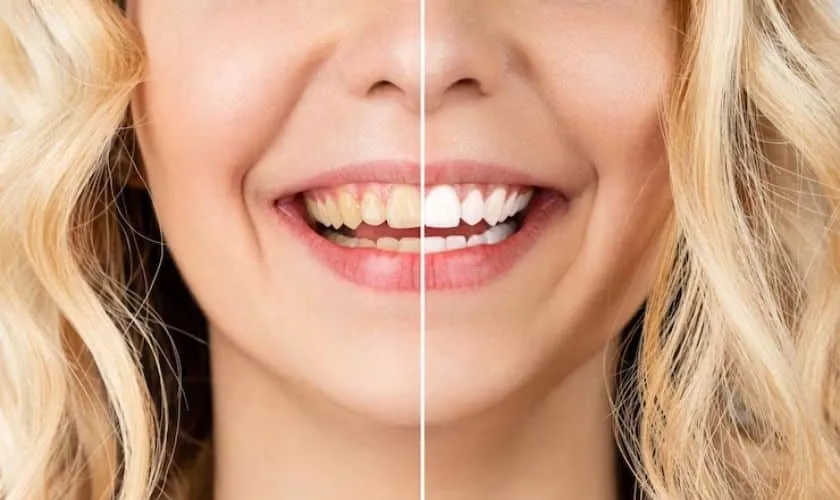
Tooth staining can be attributed to a variety of external and internal causes. External staining usually results from the consumption of pigmented foods and drinks. Coffee, tea, red wine, and dark-colored sodas are notorious culprits. Their chromogens, the color-producing substances, adhere to the tooth enamel and gradually stain it. Tobacco use, in any form, is another major contributor, leaving behind unsightly yellow or brown stains. Internal staining can occur from within the tooth structure. This often results from trauma, which can damage the nerves and blood vessels inside the tooth, leading to discoloration. The use of certain antibiotics, such as tetracycline, during childhood can also result in permanent staining. Fluoride overexposure during tooth development can also cause staining. Addressing these causes requires different approaches, ranging from lifestyle adjustments to professional dental treatments, highlighting the need for a tailored approach to maintaining a bright smile.
Diet and Lifestyle Choices
Diet and lifestyle choices play a pivotal role in determining the color and health of your teeth. Regularly consuming staining foods and beverages can lead to a gradual darkening of the enamel. Avoiding or reducing the intake of coffee, tea, red wine, and dark-colored sodas can help prevent stains. Certain fruits, such as berries, are also known to contribute to staining due to their high pigment content. Another critical aspect is tobacco use. Smoking or chewing tobacco not only causes significant staining but also increases the risk of various oral health problems. Adopting good oral hygiene practices, such as regular brushing and flossing, helps remove surface stains. Combining mindful dietary choices with a consistent oral care routine offers a comprehensive approach to maintain a brighter and healthier smile, making it an essential part of your daily habits.
Home Teeth Whitening Methods Step-by-Step Guide
Home teeth whitening methods have become increasingly popular due to their accessibility and convenience. These methods typically involve the use of over-the-counter products that contain bleaching agents like hydrogen peroxide or carbamide peroxide. The effectiveness varies based on the concentration of the active ingredient and the duration of use. Before starting any home treatment, it is vital to consult with a dentist to ensure the chosen method is appropriate for your specific needs. Start by cleaning your teeth thoroughly with a regular toothbrush and toothpaste. Next, apply the whitening product as directed on the packaging. Most products require application for a specified time, after which you should rinse your mouth. It’s crucial to adhere to the product instructions to avoid potential side effects, such as gum irritation or tooth sensitivity. Consistent use, as prescribed, is key to achieving the desired results. Always discuss any concerns with your dental professional to ensure safe and effective treatment.
Choosing the Right Whitening Products
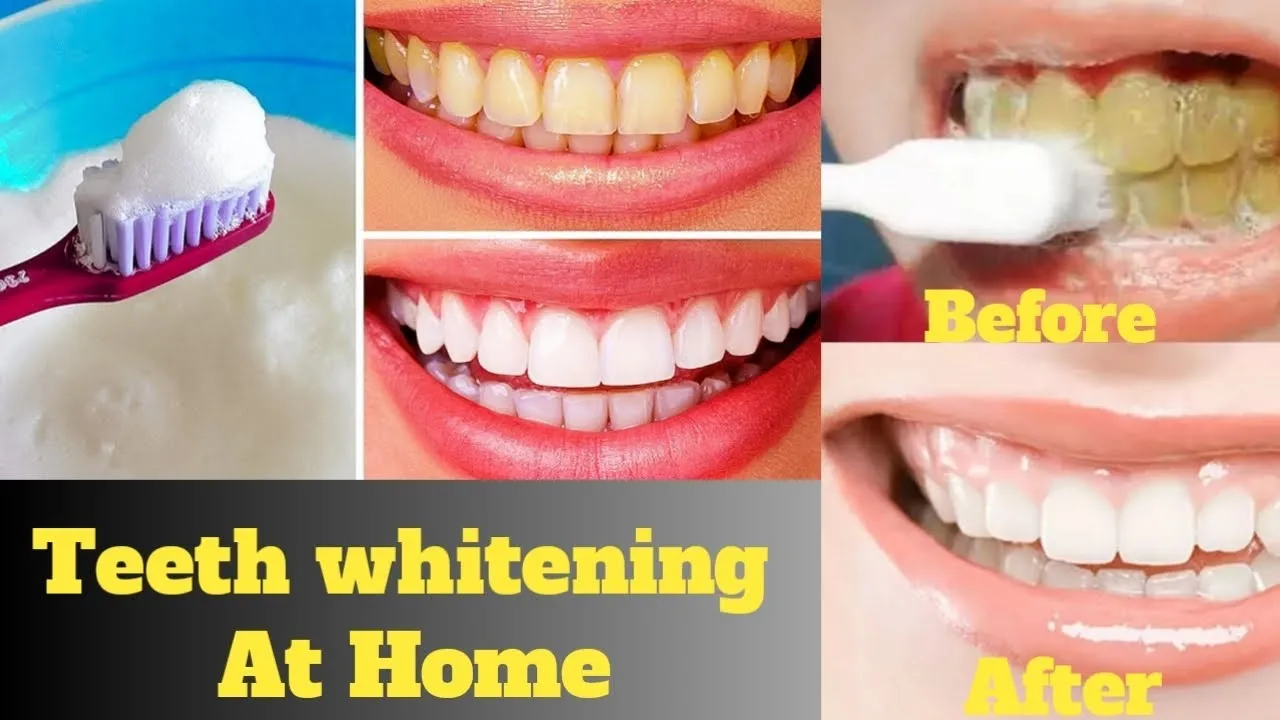
Choosing the right teeth whitening products involves considering several factors to ensure effectiveness and safety. There is a wide array of over-the-counter options, including whitening toothpastes, strips, and gels. Whitening toothpastes work by removing surface stains using mild abrasives and sometimes contain low concentrations of peroxide. Whitening strips are applied directly to the teeth and are typically more effective, providing a higher concentration of the bleaching agent. Gels, often applied using custom-fit trays, offer even greater control over the whitening process. When selecting a product, consider the active ingredient concentration, typically hydrogen peroxide or carbamide peroxide. Higher concentrations often lead to faster results but may also increase the risk of tooth sensitivity. Reading reviews and consulting with your dentist can provide valuable insights into the product’s performance and suitability for your teeth. Always prioritize products that have been tested and approved by dental professionals to avoid adverse effects and get the best results.
Whitening Toothpastes and Mouthwashes
Whitening toothpastes and mouthwashes serve as a convenient entry point into teeth whitening, offering a less aggressive approach compared to other methods. Whitening toothpastes primarily work by removing surface stains. Many contain mild abrasives that gently polish the teeth, removing superficial discoloration. They may also include low concentrations of hydrogen peroxide or other bleaching agents. The effectiveness is typically limited, with results appearing gradually over time. Whitening mouthwashes, on the other hand, can help to freshen breath and reduce surface stains. They often contain ingredients such as hydrogen peroxide or other bleaching compounds that help to brighten the enamel. When using these products, consistency is key. For the best results, brush twice daily and rinse thoroughly with a whitening mouthwash as part of your daily routine. It’s important to note that while these products are helpful in maintaining a brighter smile, they are less effective in treating deep-seated stains. They are a great way to supplement a more comprehensive teeth whitening plan.
DIY Teeth Whitening Techniques Pros and Cons
DIY teeth whitening techniques are gaining popularity due to their perceived affordability and accessibility. Common methods include using baking soda, lemon juice, and activated charcoal. Baking soda acts as a mild abrasive, helping to remove surface stains. Lemon juice, due to its acidity, can potentially bleach the teeth, but it can also erode enamel. Activated charcoal is believed to absorb stains. The pros include the lower cost and the ease of access to the necessary ingredients. However, the cons often outweigh the benefits. DIY techniques may not be as effective as professional or over-the-counter products. Furthermore, some methods, such as using lemon juice, can cause significant damage to the enamel, leading to increased sensitivity and long-term dental issues. The effectiveness of these methods is often unproven, and their safety is questionable. It’s essential to consult with a dentist before trying any DIY whitening technique to ensure it is safe for your teeth and oral health.
Professional Teeth Whitening Options In-Office Treatments
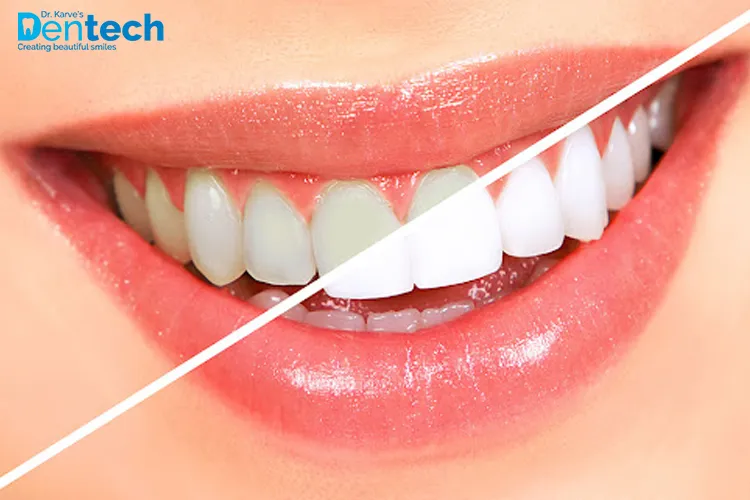
Professional teeth whitening, often performed in a dentist’s office, offers the most effective and rapid results for brightening your smile. These treatments typically involve the use of high-concentration bleaching agents that are applied directly to the teeth. The process usually begins with a thorough cleaning to remove any plaque or surface stains. The dentist then applies the whitening gel, often activated by a special light or laser, which accelerates the whitening process. In-office treatments are highly controlled, and the dentist can monitor your progress and adjust the treatment as needed to minimize sensitivity and ensure safety. Professional whitening provides a more significant transformation in a shorter amount of time than home methods, making it an ideal choice for those looking for dramatic results quickly. The benefits of professional whitening include consistent results, the expertise of a dental professional, and the assurance of a safe and effective treatment tailored to your specific needs.
Consultation and Examination
A consultation and examination are essential first steps in any teeth whitening process. Your dentist will assess the overall health of your teeth and gums during this appointment. This includes checking for cavities, gum disease, and other dental issues that could impact the whitening process. The dentist will also evaluate the type and severity of the stains and discuss your expectations for the whitening treatment. They will determine the most suitable whitening method based on your oral health and the nature of the discoloration. This may involve taking X-rays to examine the internal structure of your teeth. The consultation allows the dentist to educate you about the different whitening options available, including the potential risks and benefits of each. This ensures you can make an informed decision about the best approach for achieving your desired results. This step ensures that the treatment is safe and effective, safeguarding your overall oral health.
Professional Cleaning and Whitening Procedures
Professional cleaning and whitening procedures are performed by trained dental professionals to provide a comprehensive approach to enhancing your smile. The process typically starts with a thorough cleaning of the teeth to remove plaque, tartar, and surface stains. The dentist or hygienist will use specialized tools, such as scalers and polishers, to ensure your teeth are clean and prepared for the whitening treatment. The whitening procedure then begins with the application of a high-concentration bleaching agent. The dentist carefully applies the gel to the teeth, ensuring it covers the entire surface. The agent is often activated by a special light or laser, accelerating the whitening process. The treatment usually takes about an hour, and the dentist will monitor your progress throughout to minimize any sensitivity. The results of professional teeth whitening are often visible immediately, giving you a brighter, more confident smile.
Maintaining Your Bright Smile Aftercare Tips
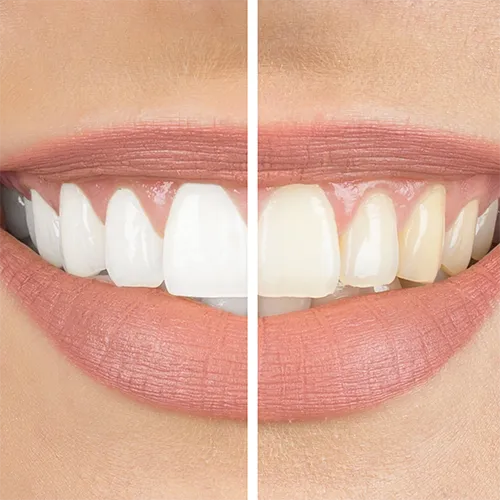
Maintaining your bright smile after teeth whitening involves a combination of consistent oral hygiene practices and mindful dietary choices. Brushing your teeth twice daily with a fluoride toothpaste helps remove surface stains and prevents new ones from forming. Flossing daily removes plaque and food particles from between your teeth, preventing discoloration. Regular dental check-ups and cleanings are essential for maintaining the results of your whitening treatment. During these visits, your dentist can assess your oral health and provide professional cleaning to keep your teeth looking their best. Another important aspect is to avoid or reduce the consumption of staining foods and beverages. Limiting intake of coffee, tea, red wine, and dark-colored sodas can help prevent stains. After professional whitening, it is particularly crucial to avoid staining foods for a few days to allow the enamel to stabilize. By following these aftercare tips, you can extend the life and effectiveness of your whitening results.
Oral Hygiene Practices
Consistent oral hygiene practices are the foundation of a bright and healthy smile. Brushing your teeth twice daily with a fluoride toothpaste is the most crucial step. Brushing removes food particles, plaque, and bacteria that can lead to discoloration and other dental problems. Proper brushing technique is essential; gently brush all surfaces of each tooth using a circular motion. Flossing daily removes plaque and food debris from between your teeth, areas that your toothbrush cannot reach. This prevents the buildup of bacteria and helps to maintain a consistent tooth color. Consider using an antimicrobial mouthwash to further reduce bacteria and maintain fresh breath. Regular dental check-ups and professional cleanings are also essential parts of your oral hygiene routine. They allow your dentist to identify and address any potential issues early on. By following these practices, you can not only maintain a brighter smile but also improve your overall oral health.
Dietary Recommendations to Prevent Staining
Making mindful dietary choices can significantly impact the longevity of your teeth whitening results. Certain foods and beverages are notorious for staining teeth. Limiting or avoiding these can help prevent discoloration. Coffee, tea, and red wine are major culprits, as they contain chromogens that readily adhere to the tooth enamel. Dark-colored sodas and fruit juices can also contribute to staining. Consider drinking these beverages through a straw to minimize contact with your teeth. Certain fruits, like berries, also contain pigments that can stain. After consuming these foods, rinsing your mouth with water or brushing your teeth can help reduce the risk of staining. Incorporating foods known for their cleaning properties, such as apples and carrots, can also help. A balanced diet, along with good oral hygiene practices, supports a bright and healthy smile.
